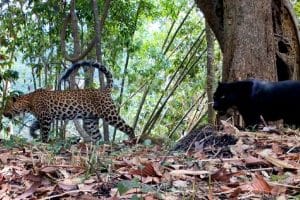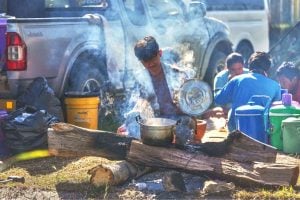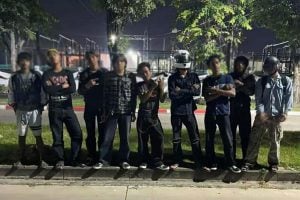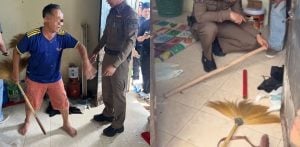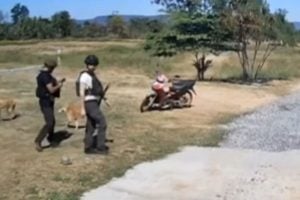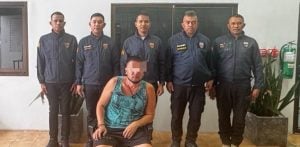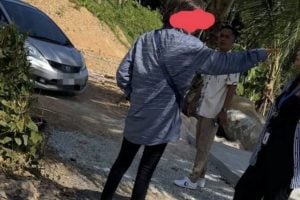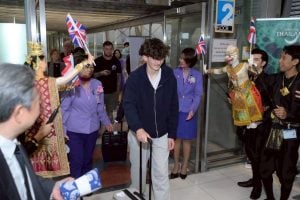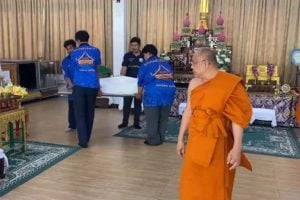Digging up the past: Thailand’s oldest human skeleton found in cave
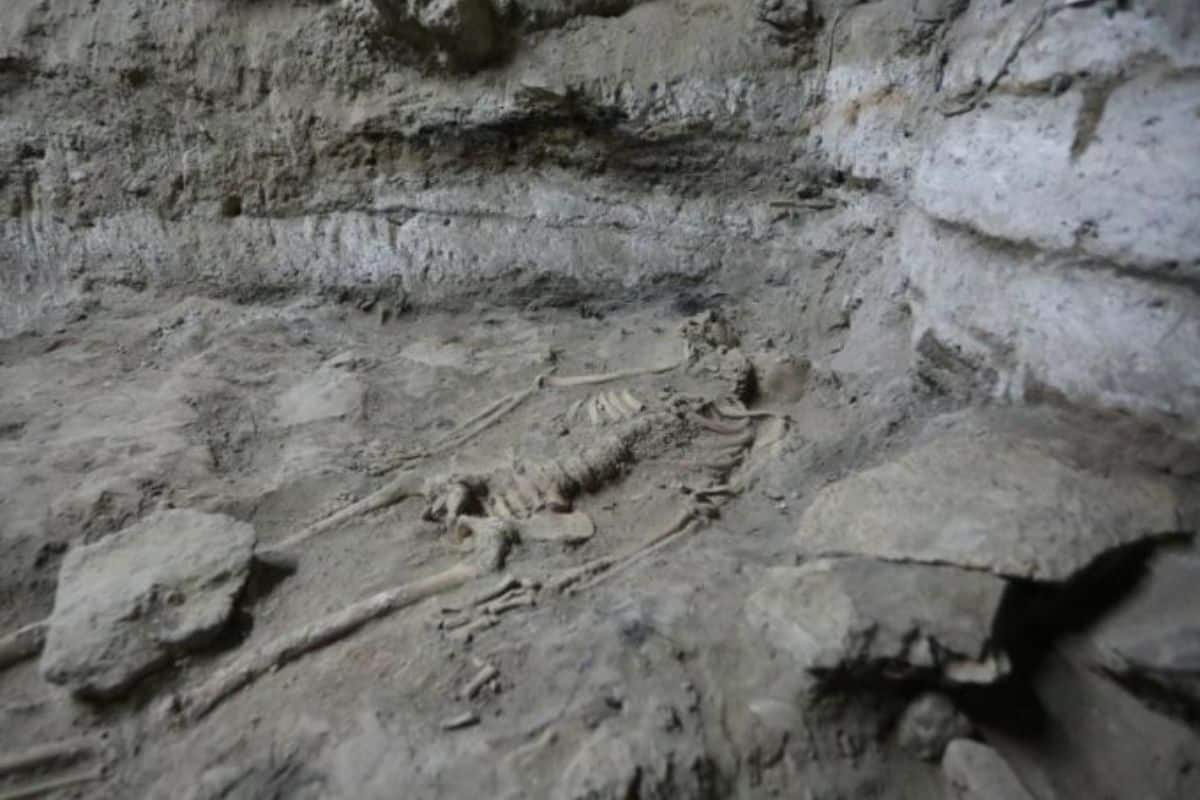
Officials from the Ratchaburi Provincial Fine Arts Office 1 have made a groundbreaking discovery: Thailand’s oldest human skeleton, believed to be at least 29,000 years old. The ancient remains were unearthed in a cave within Sam Roi Yot National Park, located in the southern province of Prachuap Khiri Khan.
The leader of the survey team, Kannika Premjai, announced the significant discovery to the public yesterday, February 24. This skeleton is the oldest archaeological find in Thailand and is believed to belong to a human who lived during the Ice Age or the Pleistocene epoch.
The cave is divided into five caverns, each showing evidence of ancient human habitation. During the survey of the third cavern, the team found the skeleton buried 2 metres underground near the cave wall.
Based on the development of the molars, the skeleton is believed to have belonged to a child aged between six and eight years old. The gender has not yet been determined, and the team named the person “PangPond” after a well-known Thai cartoon character of a boy aged five years old.
Kannika stated that PangPond did not die randomly in the cave. The burial site appeared to have been deliberately prepared, with the body carefully laid down, covered with rocks, and then soil.

New tourist attraction
Evidence suggests that before burial, the body was smoked, as indicated by ash and the condition of the bone surfaces. This practice was likely used to prevent decomposition and odour, as well as to protect the body from wild animals.

According to Kannika, the discovery of red soil on PangPond’s chest suggests that a funeral or ceremonial ritual took place before the burial, as this type of soil was specifically used in important ceremonies in ancient times.

In addition to Thailand’s oldest human skeleton, the team also found numerous ancient paintings in other caverns of the cave. The team are now working to interpret the meaning of each painting.
While only some have been interpreted so far, paintings in the first cavern depict a group of people wearing accessories and performing ceremonies, while others appear to be engaged in hunting. The animals represented include monkeys, deer, muntjacs, and serows.
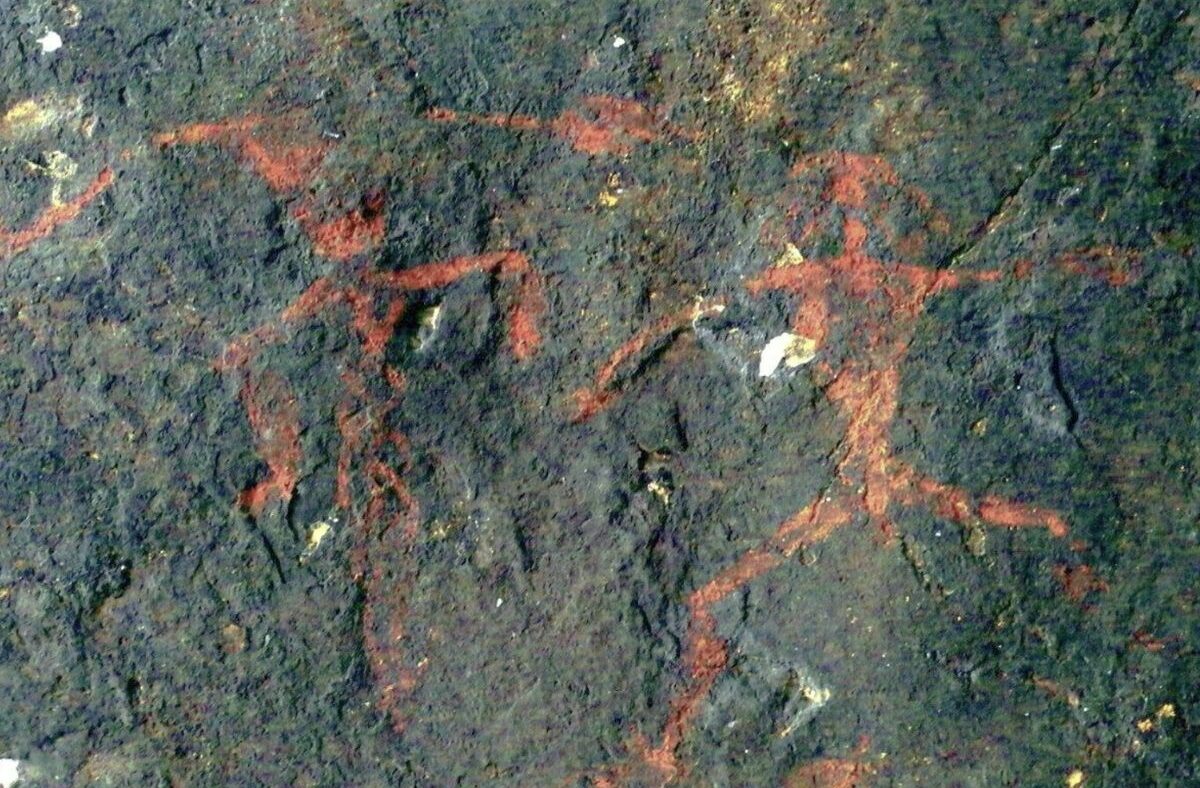
Kannika emphasised that the team has yet to confirm whether all the paintings were created by the same group of people or during the same period.
At present, access to the cave is restricted to survey team members and relevant officials. However, the Department of National Parks, Wildlife and Plant Conservation plans to turn the site into a tourist attraction for archaeology enthusiasts once the survey is complete.
Latest Thailand News
Follow The Thaiger on Google News:






